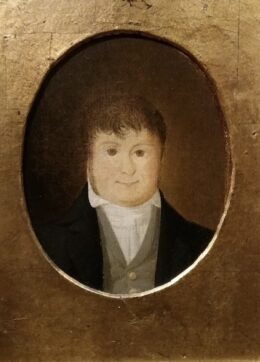
Printed
8 pages
Author(s)
Le Déménagement de Guignol
arrangé par Louis Josserand
Le Déménagement de Guignol is the most well-known play of the Guignol repertory from Lyon. It is generally credited to Laurent Mourguet – the inventor of Guignol. Le Déménagement de Guignol was extremely popular and often performed on stage. It is also famous for its technical difficulties: the puppeteers must make the puppets carry furniture and objects at a sustained pace. This scene is the climax of the show and the one in which improvisation works best.
Two traditional versions of the play are generally mentioned. The first was published by Jean-Baptiste Onofrio, in his first volume of Théâtre lyonnais de Guignol (1865). The play was based on manuscripts from Vuillerme-Dunand, which Onofrio consulted and rewrote in part. The second one was published by Louis Josserand in 1876, an is intitled Le Déménagement de Guignol, de Laurent Mourguet, arrangé par son petit-fils Louis Josserand. It is this second play that is described here.
Louis Josserand’s version left out Guignol’s lengthy introductory monologue, in which he mentioned his several jobs. From Onofrio’s version, it also left out Guignol’s quarrel with Madelon and the denouement. However, the scatological dimension of the original play was insisted on in Josserand’s version.
The dialogue between the landlord and Guignol – in which the landlord asks for news of his entire family and of his dog – is an obvious imitation of Monsieur Dimanche’s scene in Molière’s Dom Juan.
The hero moves all his belonging so they are not seized
Guignol’s landlord – Vautour – complains about financial hardship, as his tenants do not pay the rent. He asks Guignol to settle the previous months of arrears, but Guignol ridicules him extensively and then refuses to pay. Gnafron helps Guignol get rid of Vautour. They both fear that Vautour will have Guignol’s furniture seized, and so they move it all before having a drink together.
Publications and translations
Le Déménagement de Guignol. Lyon: Elardin, 1876.
